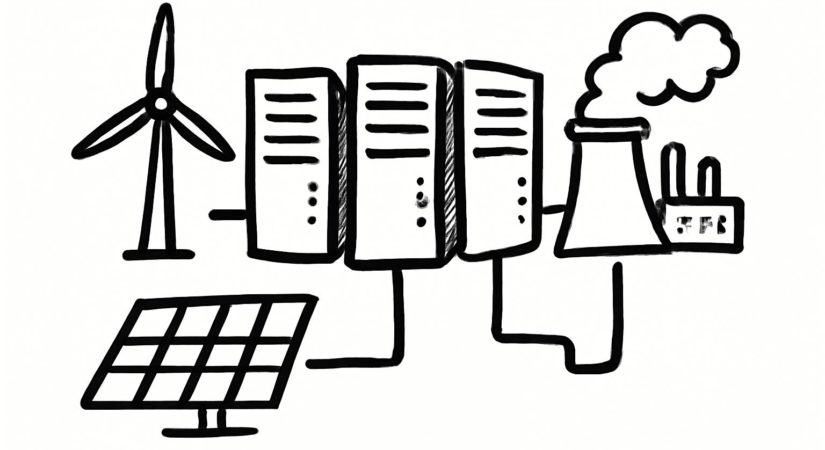Rising use of artificial intelligence and cryptocurrency is expected to push U.S. electricity consumption to unprecedented levels in 2025 and 2026, according to the Energy Information Administration’s (EIA) latest Short-Term Energy Outlook.
The EIA projects power demand to reach 4,193 billion kilowatt-hours (kWh) in 2025 and 4,283 billion kWh in 2026, up from a record 4,097 billion kWh in 2024. Data centers will lead the increase in electricity use, while residential and commercial sectors will also consume more energy for heating and transportation.
The energy mix is expected to shift slightly. Natural gas will see its share of power generation decrease from 42% in 2024 to 40% in 2025 and 2026. Coal will remain steady at 16% in 2025 before dropping to 15% in 2026. Renewables are projected to grow from 23% in 2024 to 27% by 2026, while nuclear power’s share will hold around 18-19% during this period.
Phil Flynn, senior market analyst at Price Futures Group, emphasized the need for a comprehensive energy strategy to meet rising demand beyond 2026. He praised the Trump administration’s efforts to boost coal production, fast-track advanced nuclear technologies, and classify AI data centers as critical infrastructure.
Flynn also criticized the previous four years under President Joe Biden for focusing largely on climate change without adequately addressing economic and national security impacts related to energy supply.
Regarding future energy sources, Flynn noted no single solution exists. He pointed to modular nuclear plants and natural gas as key contributors depending on regional needs and goals.
As electricity demand grows fueled by AI and crypto sectors, the U.S. faces challenges in balancing supply, infrastructure, and policy to ensure reliable power delivery.
